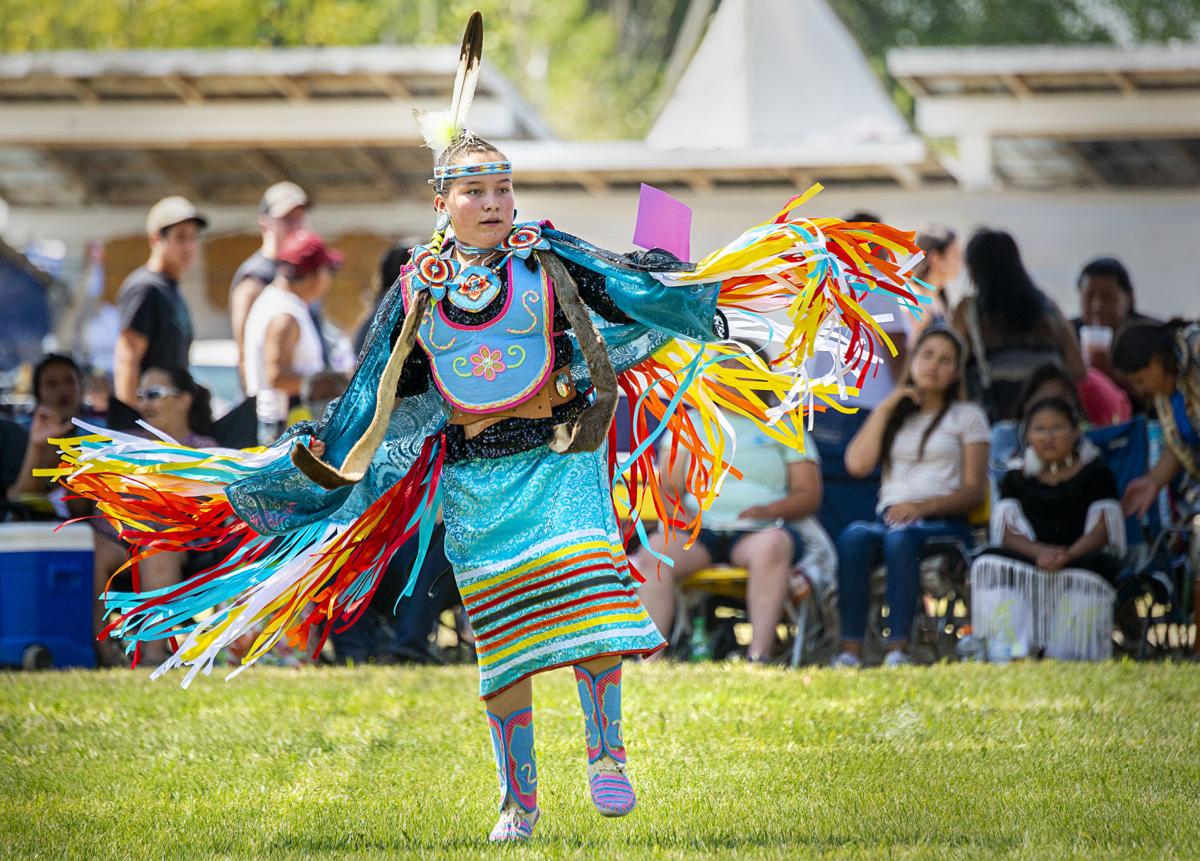
The Shoshone tribe, often referred to as the Shoshoni or Snake Indians, consist of several distinct groups, of which there are different bands. Shoshone woman - The name 'Shoshone' comes from Sosoni, a Shoshone word for high-growing grasses. Native American culture. American Indian music had been recorded before, notably in Frances Densmore's pioneer work between 1907 and 1940, during which time she recorded well over two thousand songs. In the late 1930s, electronic equipment for the making of phonograph discs in the field became available and a few samplings of Native American music. Native American music: Great Basin Tribes such as the Shoshone, Paiute, Washo, and Ute live in the Great Basin area, which reaches from the Colorado River Basin north to the Fraser River in British Columbia, Canada, and from the Rocky Mountains west to the Sierra Nevada and Cascade Range. Musicians from this region emphasize.
The Shoshone Indians are a tribe of Native Americans who traditionally lived in the western half of what would become the United States. They were a large tribe that are seen to be split up into three parts, the Western, Eastern, and Northern Shoshone, and their territory consisted of areas of Utah, Nevada, Wyoming, Idaho, Colorado, California, and Montana. The majority of them lived in the area of the Snake River in Idaho, leading to their nickname of the 'Snake Indians,' however Shoshone actually means 'The Valley People.'
Their lifestyles changed dramatically with the arrival of Europeans, with the expansion of white men into the west claiming more land. Settlers in Ohio caused some fighting, leading to the Shoshone being pushed back and restricted to less and less area, even into lands that had never traditionally been their own. American expansion continued, however, and soon the Shoshone were pushed all the way to Idaho, where they fought back harder than ever. The Bear River Massacre, in 1863, saw the United States Army attacking the Shoshone, leading to the death of at least two hundred Shoshone. In 1878 the Bannock War was the last straw and the last of the Northern Shoshone surrendered soon after.

The Shoshone were given a plot of reservation land in Idaho known as the Lemhi Indian Reservation in 1875, among other reservations in surrounding areas. The Western Shoshone were particularly stubborn in regards to obeying the orders of the United States, declaring their own sovereignty, and because of this there are many Shoshone who are still waiting for their tribe to become federally recognized. Their pre-contact population was approximately 8,000, though there are now at least 30,000 Shoshone in the United States.
Related Stories:

Fire Meditation Native American
The Shoshone Indians on the East and West of the Rocky Mountains were one in the same, but they were very different in the ways of life. They covered parts of California, California, Idaho, Nevada, Utah, and Wyoming. The northern group of the Shoshone Indians were the Shoshoni. They had settled along the Snake River in Utah. The Western group, sometimes called the Panamint, lived in central Idaho, northwestern Utah, central Nevada, and in California around the Death and Panamint Valleys. The Eastern Shoshone's lived in northern Colorado, Wyoming, and Montana but had conflicts with the neighboring tribes. Around 1750, the eastern Shoshone Indian conflicts with the Lakota, Blackfoot, Cheyenne, Arapahos, and Crow tribes shoved them southwest.
Shoshone Native American Names

The introduction of the horse to the western Shoshone Indians in the 1700'smade life much easier for the tribe. They were able to hunt larger prey and starttrading. Although they were not afraid to fight, they stayed clear of their fierceenemies, the Pocatello and Crow Indians. The Treaty of Ruby Valley was a peacetreaty that was signed in 1863 granting the U.S. to establish permanent reservationsfor the western Shoshone Indians on their territory. It also allowed the governmentrights of way and mining rights with in the land.
Since Sacajawea's contact with Lewis and Clark the eastern Shoshone Indianswere friendly towards the Americans. They signed many treaties starting withthe commonly know Five State Treaty.
As the white settlers began moving up to the Great Salt Lake in 1862, they hadtaken over the Cache Valley. The Shoshone Indians of the north fought back byattacking the mining parties going to and from Montana and raiding the herds. Their aggression came to an end when Colonel Patrick Edward Connor leadthe attack known as the Bear River Massacre in late January 1863. At least 250Shoshone Indians were killed, leaving the rest to sign the Treaty of Box elderin order to bring peace to the nation.
